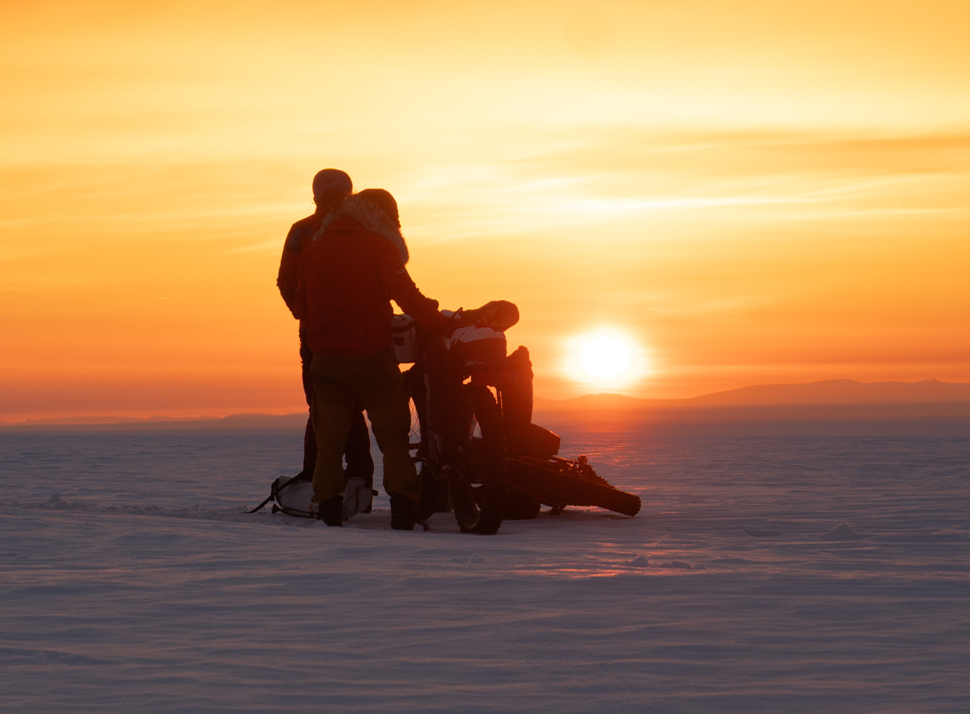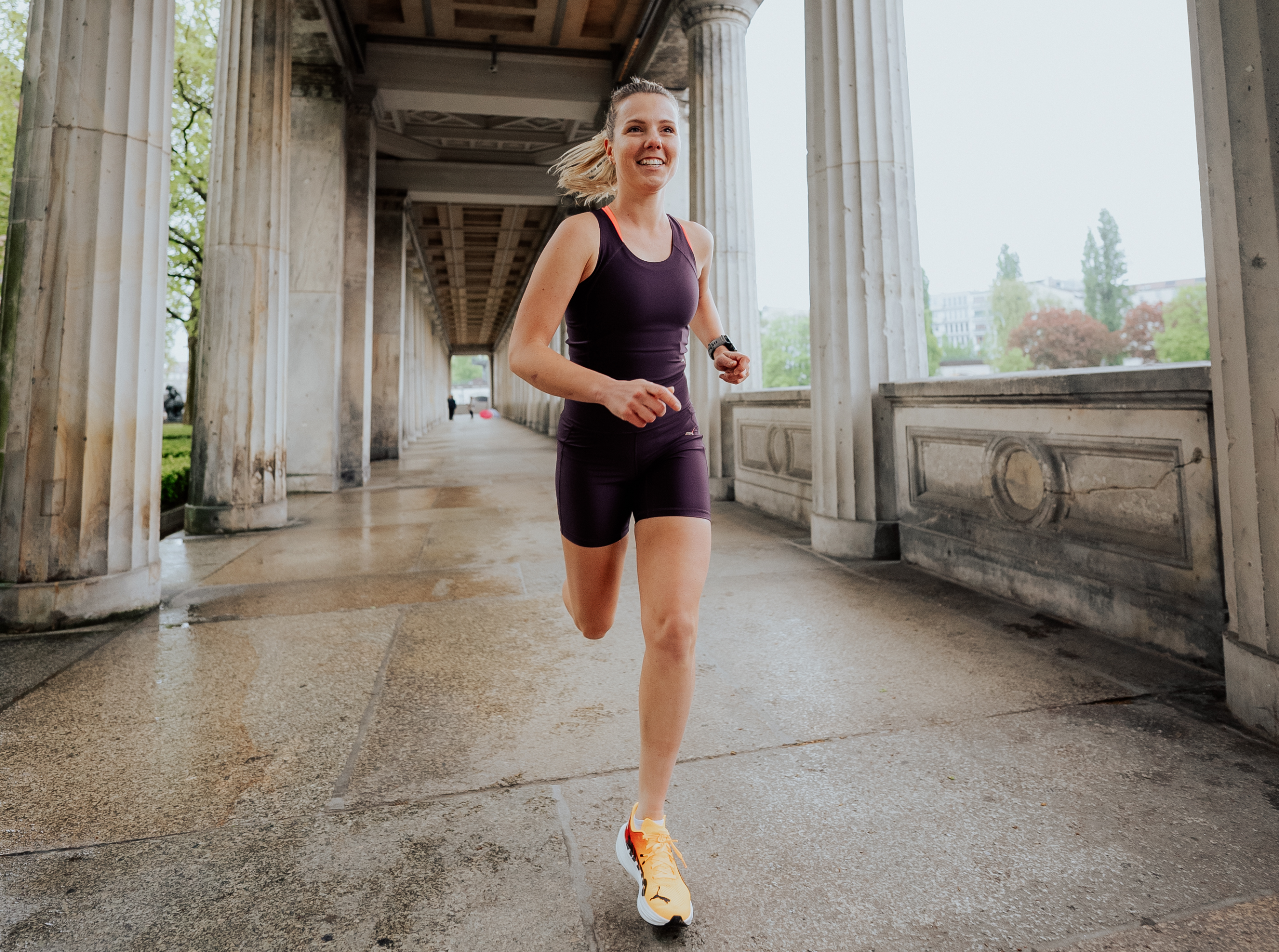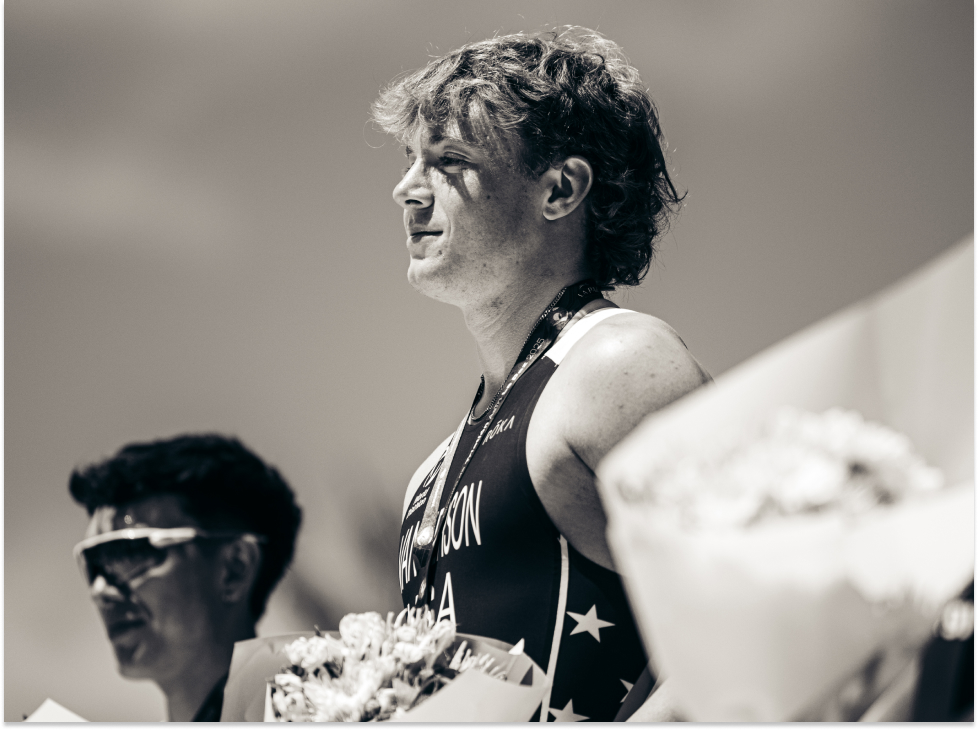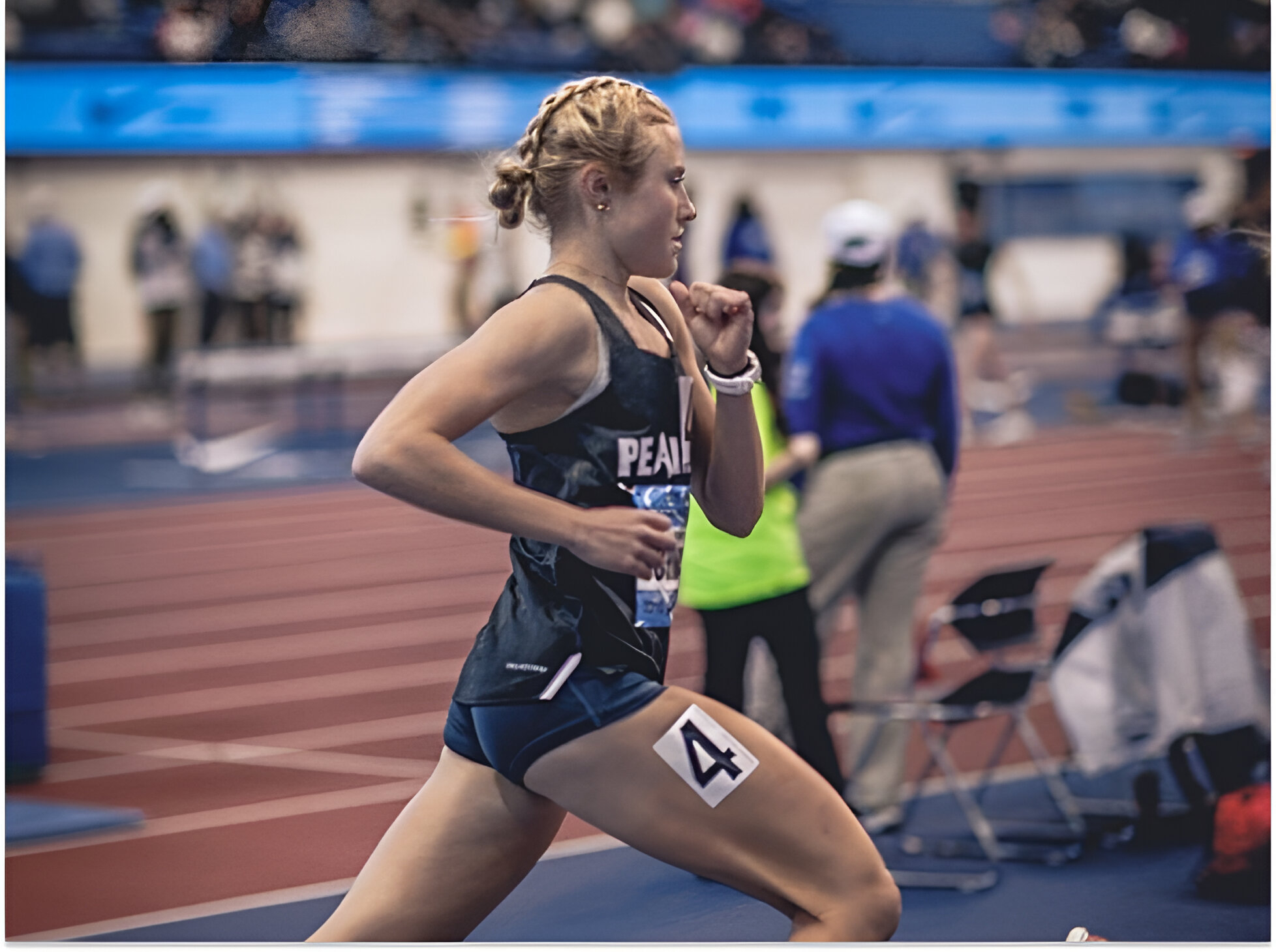It’s wild to think just a year ago I was lining up for only my second gravel race ever—now I’m heading into Traka 200 as a full-time pro, backed by some of the top companies in the sport. The dream has evolved quickly, but the road hasn’t been without its obstacles—especially this year.
Building Towards Traka in Girona
I live in Girona now, and for gravel racing, there’s really no better place. The terrain is incredibly technical—just what you'd expect from the heart of European gravel—and while I come from a mountain bike background, gravel is still relatively new to me. That said, many skills transfer over, and I’ve been eager to grow into the discipline.
I started structured training in December with a massive winter block—consistently logging 20 to 25 hours a week, with a few bigger weeks thrown in through January and February. Everything was on track... until February 18.
Overcoming a Setback
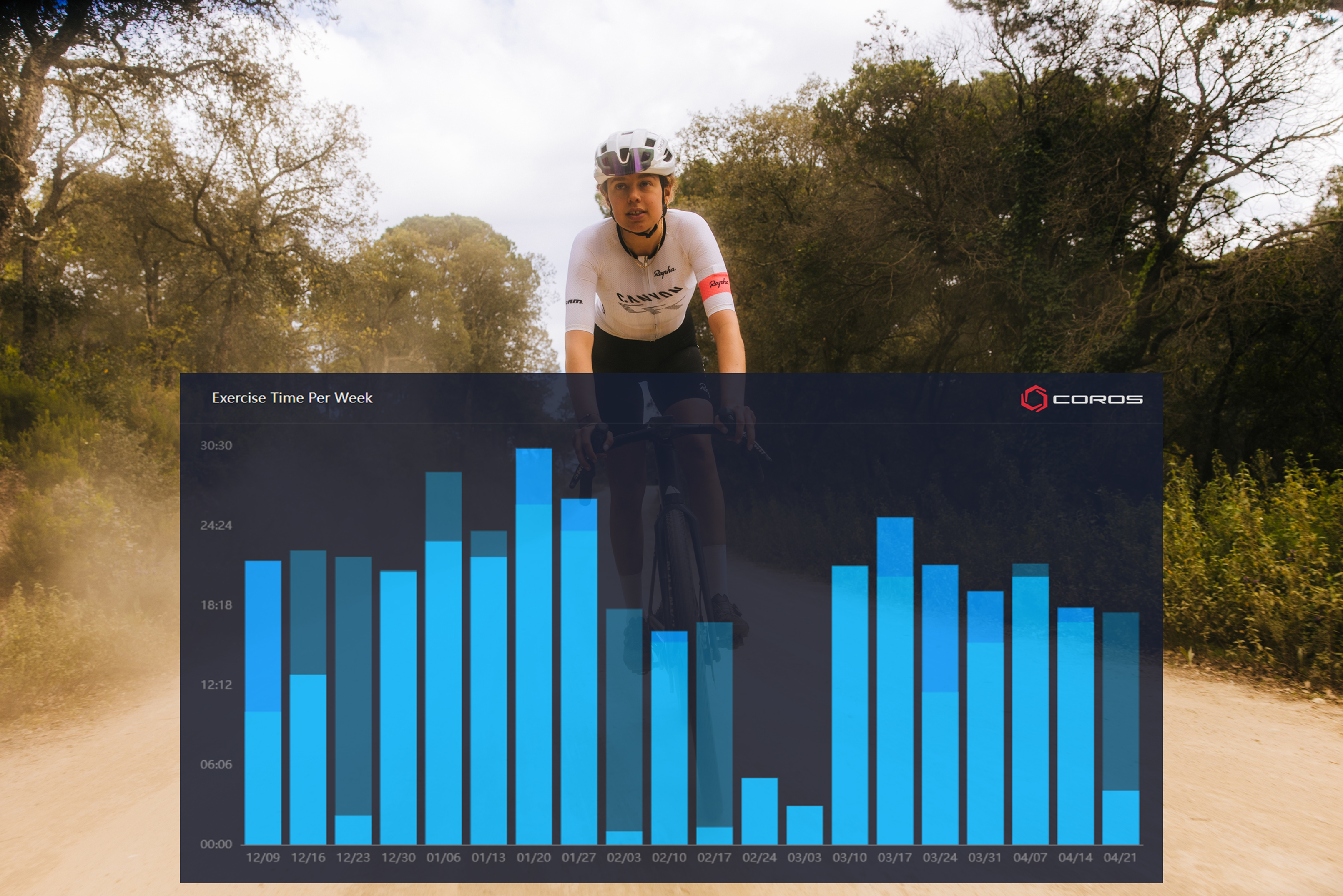
A week before my season opener, I crashed—and fractured my spine. I still raced (not knowing the full extent of the injury), but things didn’t feel right. A doctor visit confirmed what I feared: I needed to take time off. Four full weeks off the bike.
That four-week break was longer than my entire offseason. I lost fitness, and more importantly, I lost momentum. Coming back, my endurance was still solid, but I could feel that my top end had faded. Those first rides back were rough mentally. It felt like so much of my winter work had been thrown away.
But now, four weeks back into riding, I’m building again—with just one month to go until Traka 200.
Fitness, Data & Recovery: What I’m Watching
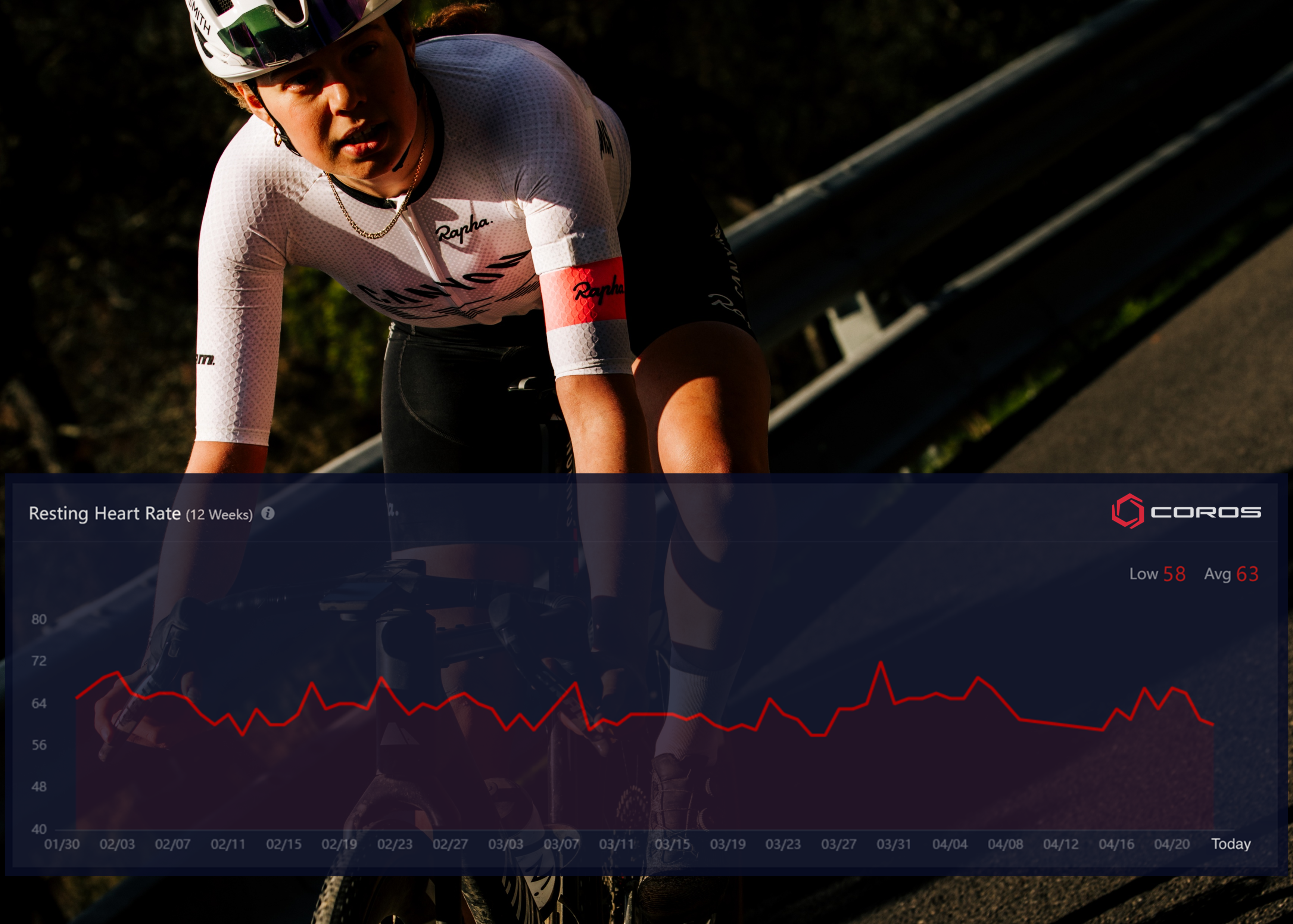
I’ve used TrainingPeaks for years, but since joining COROS, I’ve been deep in their ecosystem. With my DURA on bike, and PACE Pro on my wrist, I'm able to track everything from resting heart rate to power output. Coming off the injury, it was obvious—I could see in the numbers how far down I had dropped. My fitness was even lower than in my off-season.
One thing I always monitor closely is the relationship between heart rate and power. When I first came back, my power was back to solid levels, but my heart rate was elevated—proof my body was still catching up.
For reference, my threshold power is currently set to 280 watts. At Traka, I expect to be flirting with that number a lot—especially on the two big climbs. One of them is a 35-minute effort about five hours into the race. That’s where the real test will come. Last year, I averaged 220 watts with a normalized power of 250. This year, the field is stronger and expectations are higher. I’m no longer the underdog.
Still, with the setback I’ve had, I’d be proud of a top 5 finish. I’m still dreaming of the win—but being up there will mean a lot.
What Makes Traka So Special
This year, I’ve really put Traka on a pedestal. Last year I went in with no expectations—this year, it’s been my north star. Every training ride around Girona feels like recon. If this was your biggest dream too, you’d probably train the same way.
The opening 40km of Traka feature 1,300 meters of elevation. It’s a brutal start, but the descending plays to my strengths as an ex-MTB rider. And with more mountain bikers entering the gravel scene, the competition is fierce and exciting.
Racing on home soil only adds to the motivation.
Gearing Up with COROS DURA
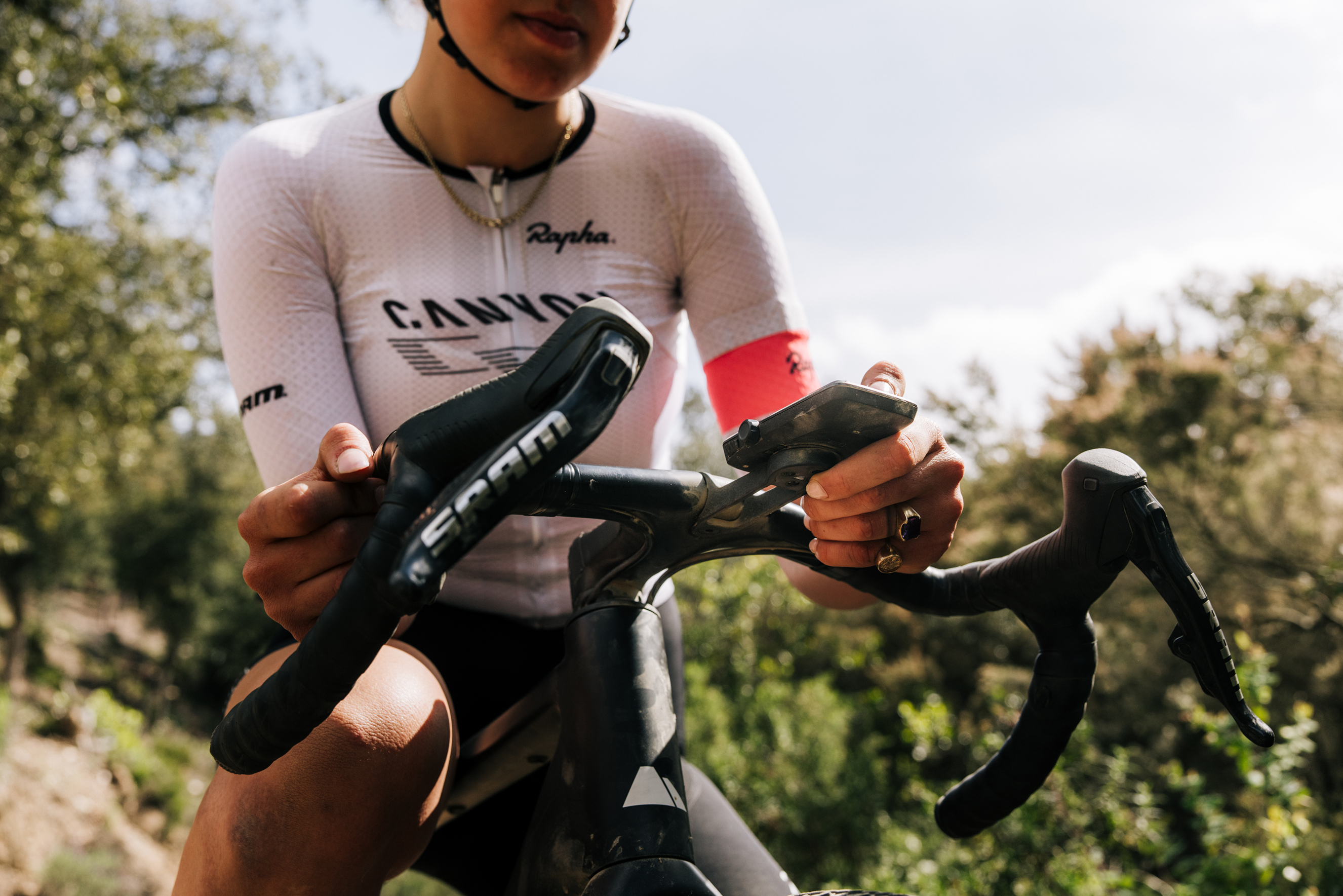
I’ve been blown away by the DURA. The battery life is unreal—I trained every day from January to February and only used 10% of the battery. That peace of mind on race day is priceless.
The dial and screen responsiveness are spot on too. During a race, I’m constantly flipping between my map and power data. DURA keeps things simple—no fluff, just what I need, when I need it.
For Traka, I’ll be racing with three main data screens:
Main screen: total time, distance, normalized power, average power, current heart rate, current power.
Second screen: Lap splits which will help me monitor my pacing throughout.
Third screen: elevation and average speed—essential for monitoring closely to ensure I'm dialing in my nutrition at carbs at 90–110g/hour based on average speed.
Training Focus & What I’ve Learned
Heading into Traka, my coach has emphasized being a well-rounded rider. We’re mixing longer sub-threshold efforts (like 2x40 minutes) with VO2 work on other days. I’m keeping volume high — and making endurance a top priority. At 22, I know I’m still developing as an endurance athlete, and this season is about laying that foundation.
I’ve also had to shift my mindset. You can’t be “fresh” all the time. Racing more means picking your moments—and learning to race tired.
Advice to Anyone Preparing for a Big Race
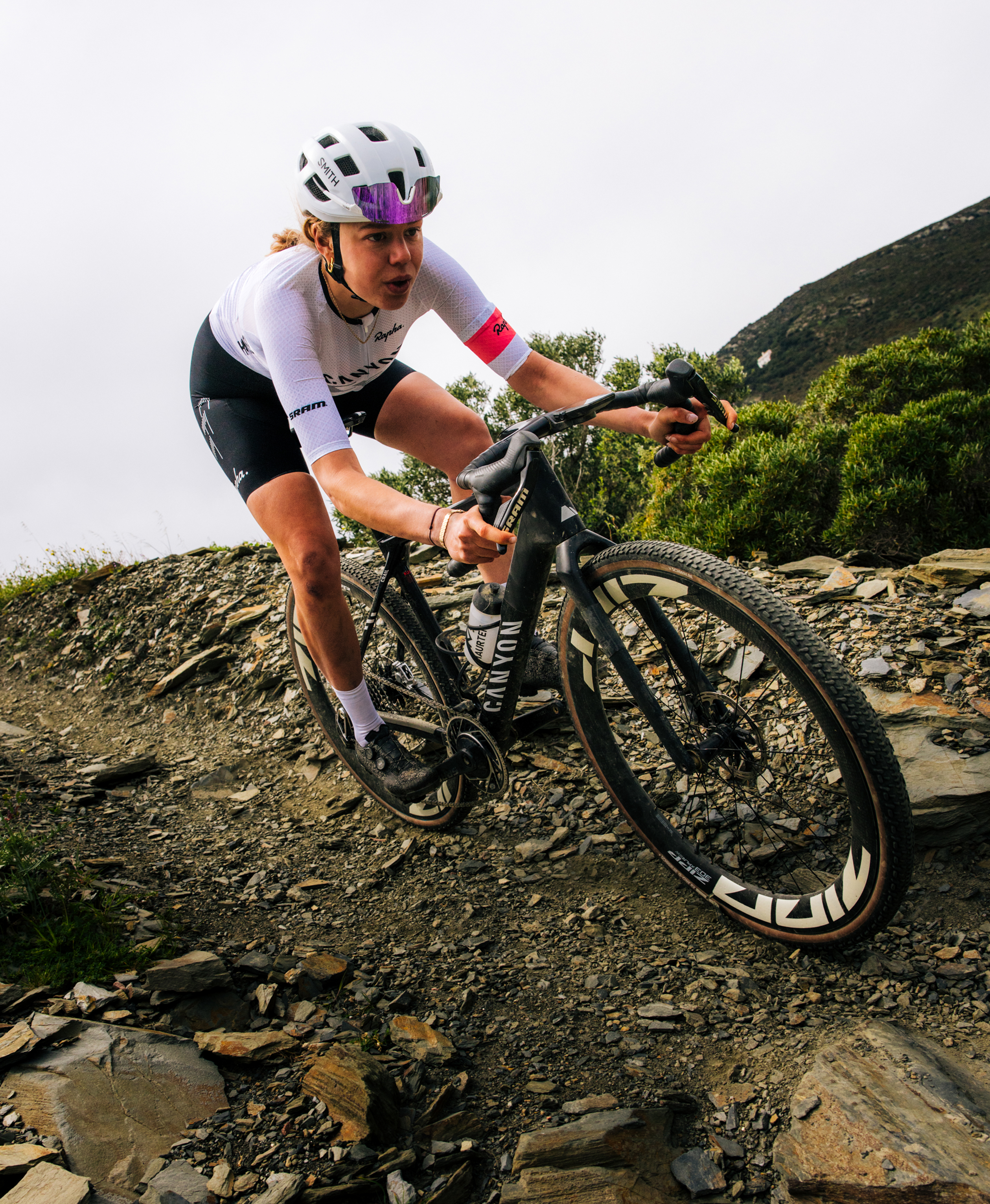
Want to get better? Just ride more. Seriously.
Last year I was still in school, so I had to sacrifice weekends—doing 2x five-hour rides, with efforts stacked mid-week. Mondays and Fridays were for recovery. Tuesday and Thursday were effort days. Long rides stayed steady and unstructured—just volume. And it worked.
If you’re targeting Traka specifically, practice your technical skills. No matter where you live, find some local MTB trails and ride them on your gravel bike. It’s a massive advantage when things get sketchy.
What’s Next?
Traka is the main goal right now—but Unbound 200 is on the horizon too. It’ll be my first time racing it, and I want to be ready.
This season is about more than just results—it’s about building, learning, and leveling up as a rider. If I’ve learned one thing from this past year, it’s this: ride more, eat more, and don’t be afraid to dream bigger.
/fit-in/0x18/coros-v2/images/common/logo_black.png)
